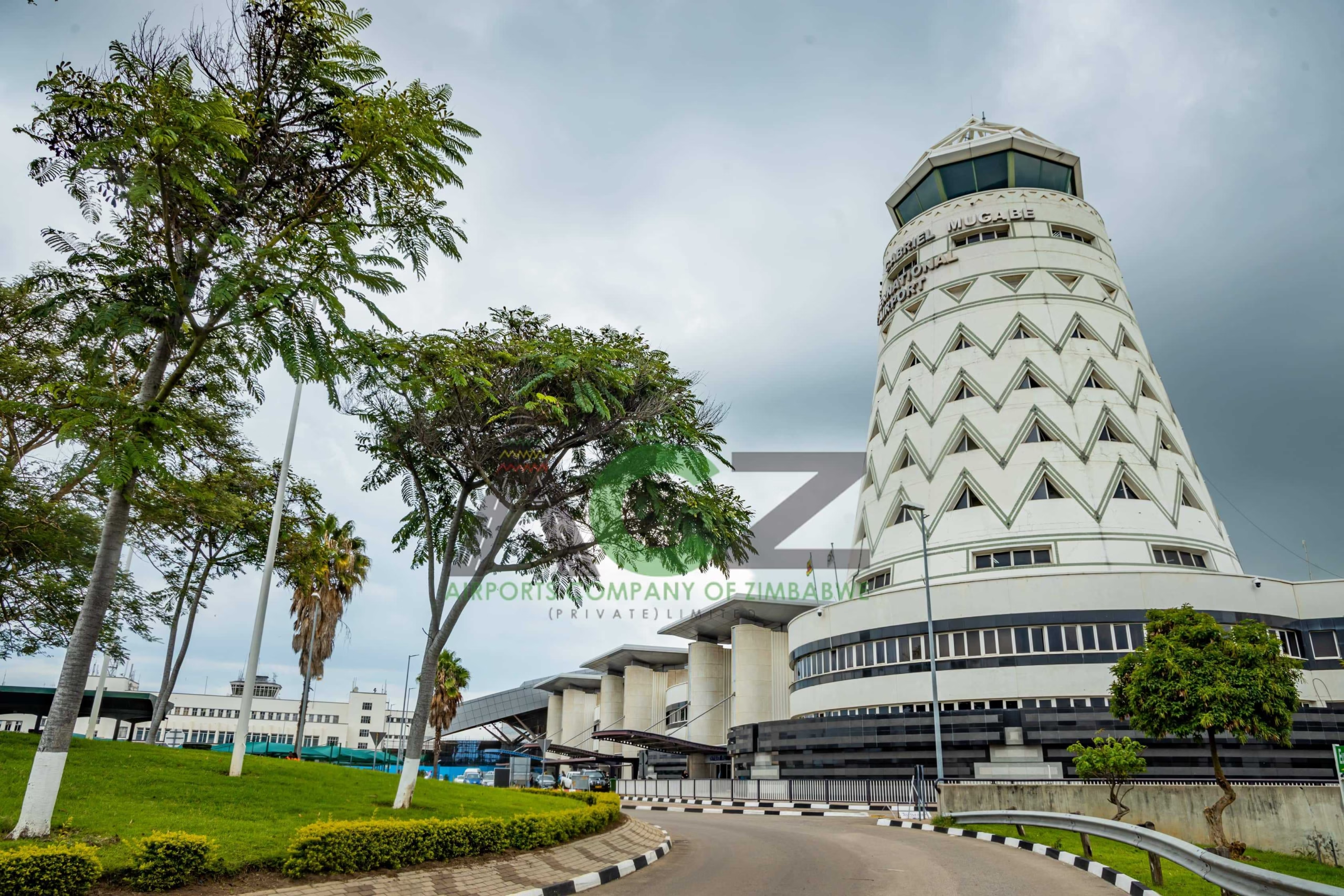
Zimbabwe’s aviation industry is spreading its wings with renewed confidence and visible growth. The Airports Company of Zimbabwe (Private) Limited (ACZ) has released its Annual Passenger Traffic Report, showing a remarkable 9.73 percent increase in passenger numbers between January and September 2025, a performance that signals a vibrant recovery trajectory for the country’s air transport sector.
According to the report, Zimbabwe handled 1,828,248 passengers during the first nine months of 2025, compared to 1,666,192 during the same period in 2024. This upward trend reflects a sector that is not only rebounding from the effects of global aviation disruptions but also aligning with the broader vision of transforming Zimbabwe into a regional transport and logistics hub under Vision 2030.
The surge in traffic has been attributed to multiple factors, including enhanced airport infrastructure, improved connectivity, and renewed investor and tourism confidence in the country. The Airports Company of Zimbabwe, which oversees the operation and management of the nation’s airports, has been pivotal in modernising terminals, improving passenger experiences, and ensuring compliance with international aviation standards.
Infrastructure developments at Robert Gabriel Mugabe International Airport, Victoria Falls International Airport, and Joshua Mqabuko Nkomo International Airport have elevated Zimbabwe’s capacity to attract both regional and international carriers. The completion of the Robert Gabriel Mugabe International Airport expansion project, for instance, has significantly improved the nation’s handling capacity and positioned Harare as a strategic air transit gateway in Southern Africa.
Analysts note that the passenger growth also mirrors the steady recovery of tourism and trade. Zimbabwe’s rebranding as a safe and welcoming destination, complemented by international recognition of Victoria Falls and other natural attractions, continues to fuel inbound travel. At the same time, the increase in regional business travel, especially from neighbouring SADC countries, signals stronger economic linkages that rely on dependable air connectivity.
Moreover, the ACZ’s success is tied to the government’s broader infrastructure reform agenda. Under the National Development Strategy 1 (NDS1), aviation development is central to unlocking investment, facilitating exports, and connecting Zimbabwe to global markets. Efficient airports mean faster cargo handling, smoother logistics, and increased opportunities for tourism, manufacturing, and agriculture, sectors that rely heavily on swift mobility and access.
The Airports Company of Zimbabwe has also demonstrated growing operational efficiency and financial discipline. The commitment to transparency through data publication, as reflected in this report, is strengthening stakeholder confidence in the company’s governance and service delivery. By pledging to release detailed airport-specific statistics in the coming days, ACZ underscores its role as a forward-looking, accountable institution shaping the modern aviation landscape.
The 9.73 percent rise in passenger movement may appear incremental on paper, but in a sector where every percentage point translates into millions of dollars in trade, tourism, and employment, it represents tangible progress. It points to renewed trust in Zimbabwe’s skies and growing optimism about its economic direction.
As the aviation sector continues to climb, Zimbabwe’s airports are becoming more than transit points, they are turning into enablers of development and symbols of national pride. ACZ’s performance offers an encouraging snapshot of how coordinated investment, policy alignment, and customer service excellence can elevate a nation’s standing in the global transport network.
In essence, the latest passenger traffic report is not just a numerical milestone. It is a reflection of resilience, strategic planning, and a shared belief that Zimbabwe’s future is airborne.




